UPDATE: January, 2020:
This post describes what it was like to take a “Photography Tour” of Lower Antelope Canyon back in 2015. Unfortunately, in the years that have passed since then, quite a lot has changed. Today, both Upper and Lower Antelope Canyon are all but overwhelmed by visitors, an enormous increase in numbers, with the crowds growing larger every year. Given that there’s no longer any slack in the schedule, the tour operators are no longer willing to accommodate the slower pace and smaller groups required for photo tours. Result: photo tours are no longer available, not at either location. You can still take pictures, of course, but you can’t use a tripod, you can’t take extra time, and they most definitely won’t hold back the crowd for you while you compose your perfect shot. Pity. All of that was really nice while it lasted!
Under the circumstances, this post isn’t so much travel advice as it is a historical record of the good old days! Antelope Canyon has joined the ranks of iconic destinations that have been severely diminished by marketing that succeeded a bit too well–and once the word gets out, there’s just no putting it back.
In any slot canyon, but particularly at Lower Antelope, the visual atmosphere can vary dramatically through the course of the day. The top of this canyon is nothing but a fissure in the sandstone that’s as little as a foot wide in some spots, and all the light within the canyon proper comes down through that crack.
The angle and the intensity of the sun’s rays changes throughout the day, and the sun’s position relative to the horizon changes through different seasons of the year. Those factors make a big difference in the quality of the light in the canyon, in the shifting hues and textures of the sandstone, and in the depth of the shadows, all of which can make a dramatic difference in your photographs.
There’s a well-known phenomenon at both Upper and Lower Antelope Canyon, something that happens regularly in the Spring and Summer, but never in the late Fall or Winter. Ephemeral “God beams” appear like magic in the confined space, slanting across the canyon floor like spotlights on a theater stage, only to disappear after a few minutes as the earth spins another fraction of a degree, breaking the perfect alignment.
I was lucky enough to see, and to photograph, one–just one–of the beams on my first visit to Antelope, in mid-October of 2013. I say lucky, because I was right on the cusp of being too late for the season–and when they’re gone, they’re completely gone, at least until the following Spring. On my most recent visit, I drove up from Phoenix in early June, with the specific intention of catching the beams at their peak. We stopped at the site a day in advance, and I checked with the tour company, Lower Antelope Canyon Tours (the smaller of the two concessionaires), asking, specifically, about the best time of day for light beams. The gentleman in the ticket booth advised me to go with the photography tour scheduled at 10:20 AM the next morning. “That’s not the best time for colors,” he said. “but it’s the best time for the beams.”
There were a total of six people in our group when we set out the next morning, five photographers plus our guide, a lovely young Navajo woman named Quintana Tso. When I visited Antelope Canyon the first time, in 2013, a “Photography Pass” gave you carte blanche to enter the canyon unaccompanied, and wander at your own pace. That’s no longer allowed, because a few bad apples abused that privilege by climbing where they weren’t supposed to go, leaving sneaker prints and graffiti on the sandstone walls, and trash on the ledges. As is so often the case, a few insensitive individuals spoiled the whole thing for everyone else, and at first I was quite disappointed to learn of the new rules, seeing it as an unwelcome restriction that would diminish the experience. I needn’t have worried about that–our guide, ‘Tana, turned out to be a wonderful asset. She was intimately familiar with every inch of the canyon, plus she knew the best settings for any type of camera, the best way to handle the extreme contrasts, the best shooting angles and spots to set up, and–this was so cool–she had the authority, by mutual agreement among the tour guides, to literally stop any other tour groups from moving through our space while we, the elite, privileged ‘photographers’, finished taking our perfect, distraction-free photographs. What was even more important to me personally: ‘Tana knew exactly where and when those famous beams of light were scheduled to appear, and she made sure we were able to take full advantage.
Light beams, or God beams, or crepuscular rays, or whatever you want to call them, won’t show up all that well in a photograph unless there’s something in the air to reflect the light source. The water droplets in fog or scattered rain showers are perfect for this purpose, defining and concentrating those awesome rays you sometimes see in a sunset, or after a storm. The particles in smoke, or in the ash from a volcanic eruption, or dust storms, or heavily polluted air–all of those will likewise serve the purpose, although in a rather more sinister fashion. Since you don’t generally have any of that sort of thing in Antelope Canyon–not the good, or the bad–the guides are forced to employ a bit of trickery to “bring out” the light beams for better pictures. Theirs is a time-tested technique, and pretty simple, though it does take a bit of practice to get it right. All you need is a Dixie cup, liberal quantities of the fine sand that cushions the canyon floor, and a good underhand pitching arm (think, women’s softball). If you’d like to see exactly how that works, check out the slide show (below), and watch as our remarkable Navajo guide ‘conjures’ a beautiful beam of light:
(Unless otherwise noted, all of these images are my original work, and are protected by copyright. They may not be duplicated for commercial purposes.)
COVID AND THE NAVAJO TRIBAL PARKS:
UPDATE: September, 2021:
The Lake Powell Navajo Tribal Park, which includes both the Upper and Lower sections of Antelope Canyon, is once again open to non-Navajo visitors. The frequency of the tours and the size of the tour groups is strictly limited by the public safety protocols that will remain in place for the foreseeable future. Tickets for this utterly unique destination remain in high demand, so reservations are a must, and should be made as far in advance as possible.
UPDATE: May, 2020:
The Coronavirus Pandemic has caused enormous hardship to the Navajo Nation, which has one of the highest rates of COVID-19 infection in the United States, along with one of the highest mortality rates. In recent years, Antelope Canyon has become an important source of revenue for the tribe, especially so since the closing of the Navajo Generating Station in Page, and the coal mine that supplied its fuel. Those closures, effective in November of 2019, created huge budget shortfalls for the Navajo, and even worse for the Hopi. When the pandemic hit, the whole region, already staggering, got punched below the belt. All of the Native American people in the four corners region have been devastated economically by the pandemic. The overall impact on health and safety remains to be seen.
This is an interactive Table of Contents. Click the pictures to open the pages.
The Incomparable Beauty of Antelope Canyon
Antelope Canyon: Part 1
Slot canyons are formed, over the course of many thousands of years, when torrents of rainwater borne from the monsoon storms of summer sluice through channels and cracks in the soft sandstone. Powerful floods strike repeatedly, carving narrow, twisting pathways into the cross-bedded layers of rock, sculpting swirling formations that look like petrified waves.
<<CLICK to Read More!>>
Antelope Canyon: Conjuring a Beam of Light
Ephemeral “God beams” appear like magic in the confined space, slanting across the canyon floor like spotlights on a theater stage, only to disappear after a few minutes as the earth spins another fraction of a degree, breaking the perfect alignment.
<<CLICK to Read More!>>
Antelope Canyon: Conjuring a Beam of Light: Take 2
Today, thanks to Instagram, Pinterest, Facebook, and all the other photo sharing sites out there, every human on the face of the earth knows about Antelope Canyon, and the volume of visitors has mushroomed into the millions. Instagram, alas, is its own worst enemy,
<<CLICK to Read More!>>
There's nothing like a good road trip. Whether you're flying solo or with your family, on a motorcycle or in an RV, across your state or across the country, the important thing is that you're out there, away from your town, your work, your routine, meeting new people, seeing new sights, building the best kind of memories while living your life to the fullest.
Are you a veteran road tripper who loves grand vistas, or someone who's never done it, but would love to try? Either way, you should consider making the Southwestern U.S. the scene of your own next adventure.
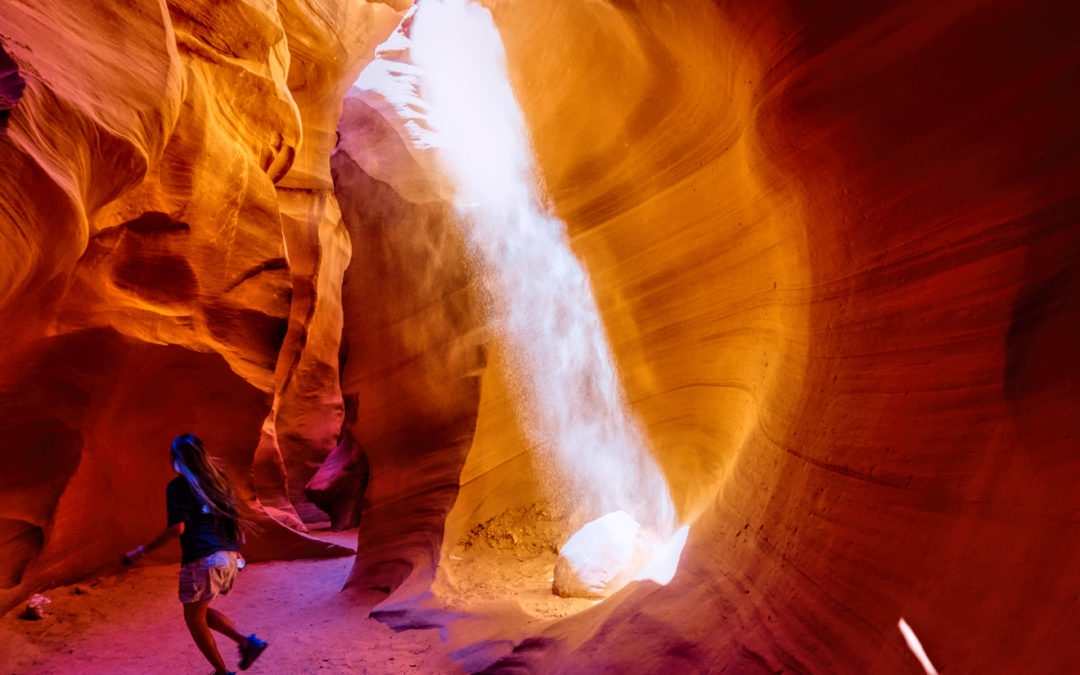
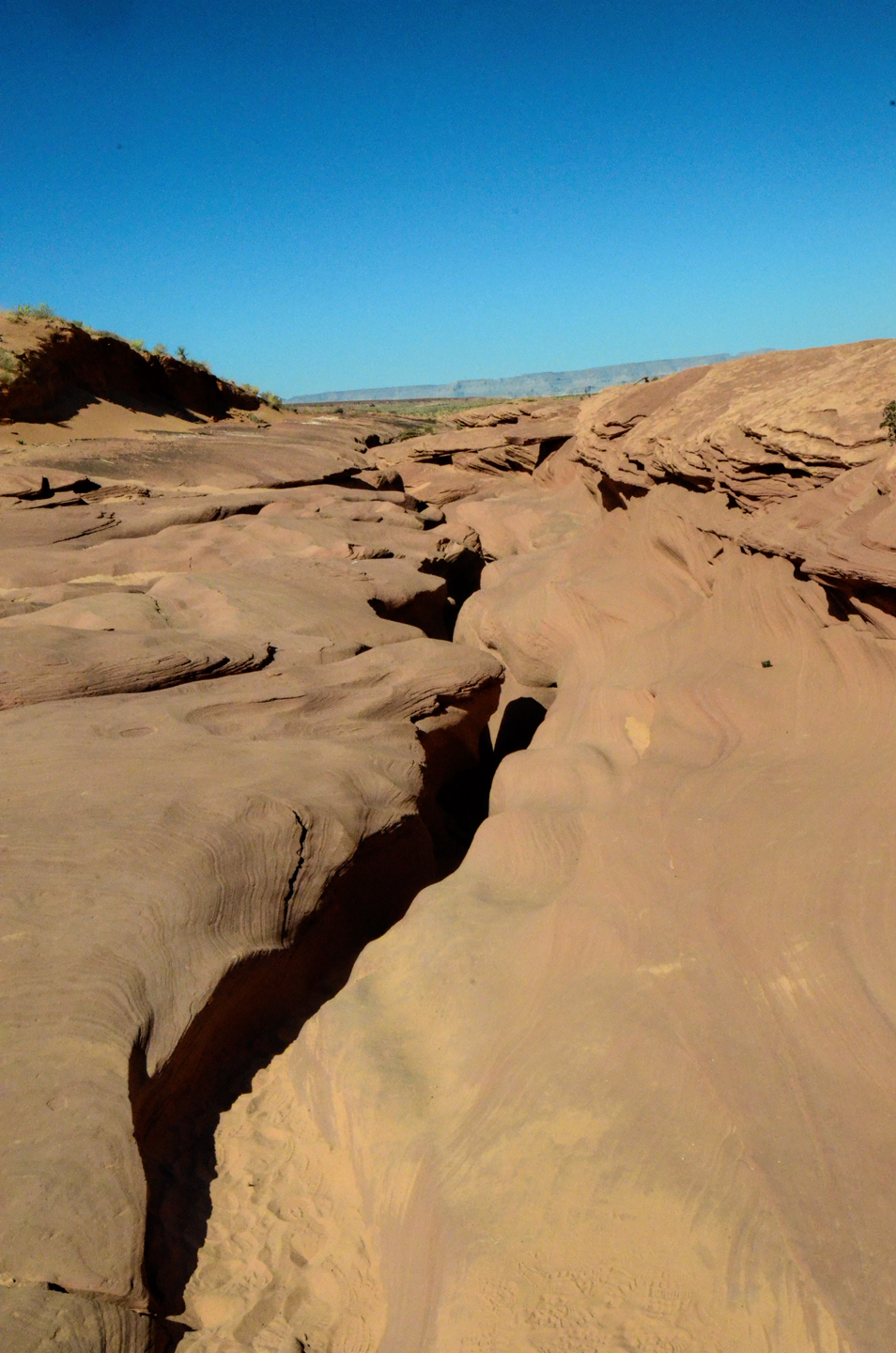
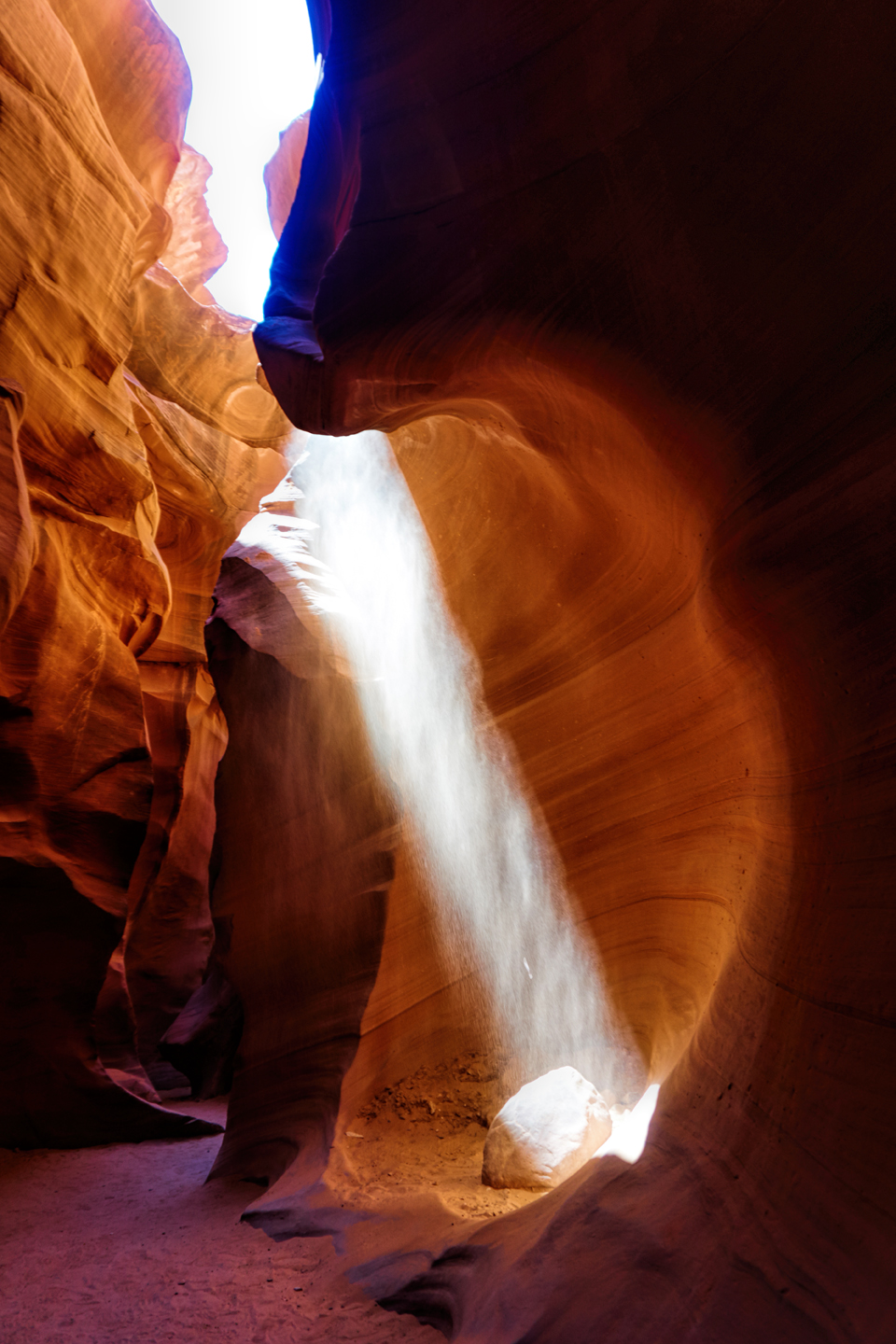
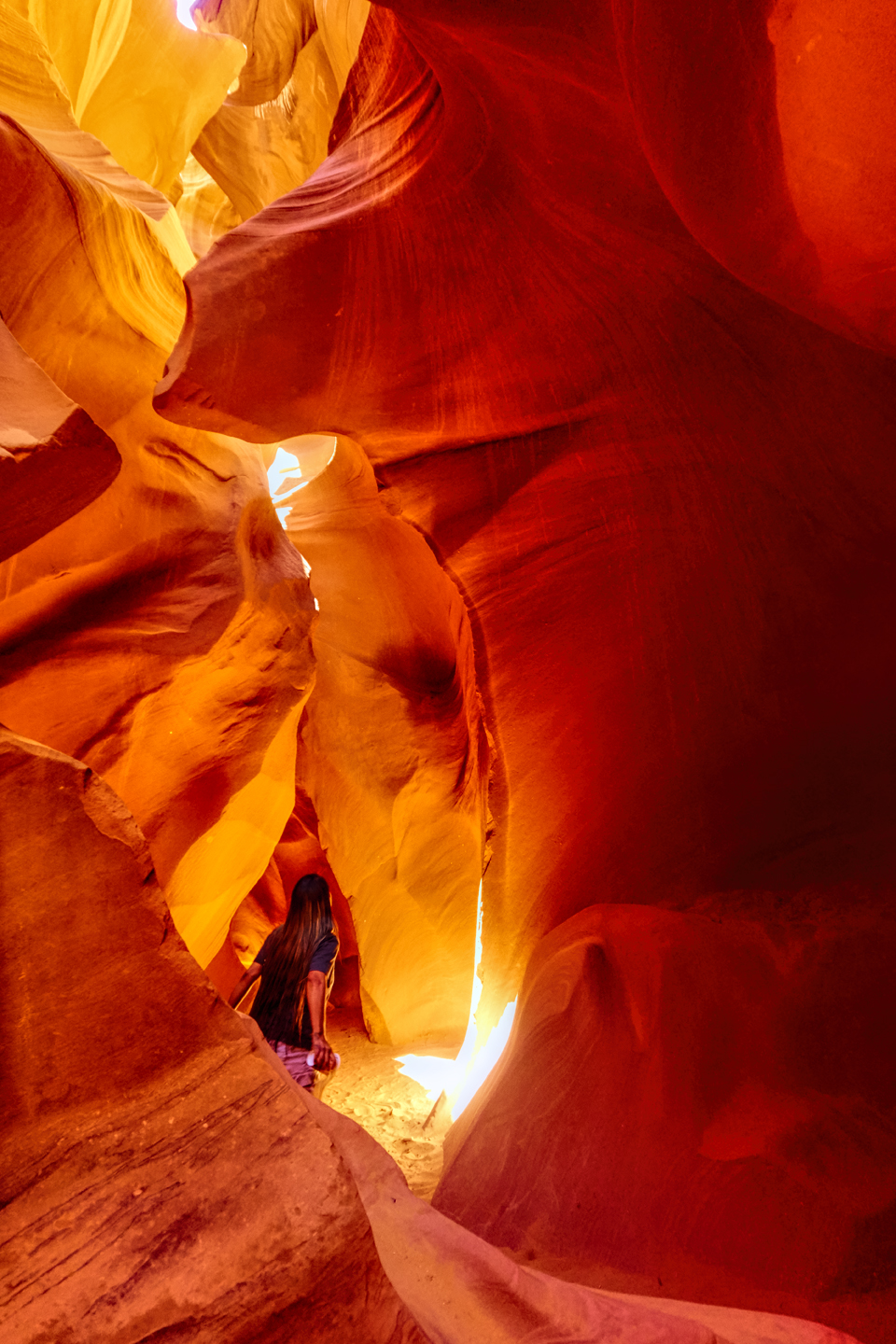
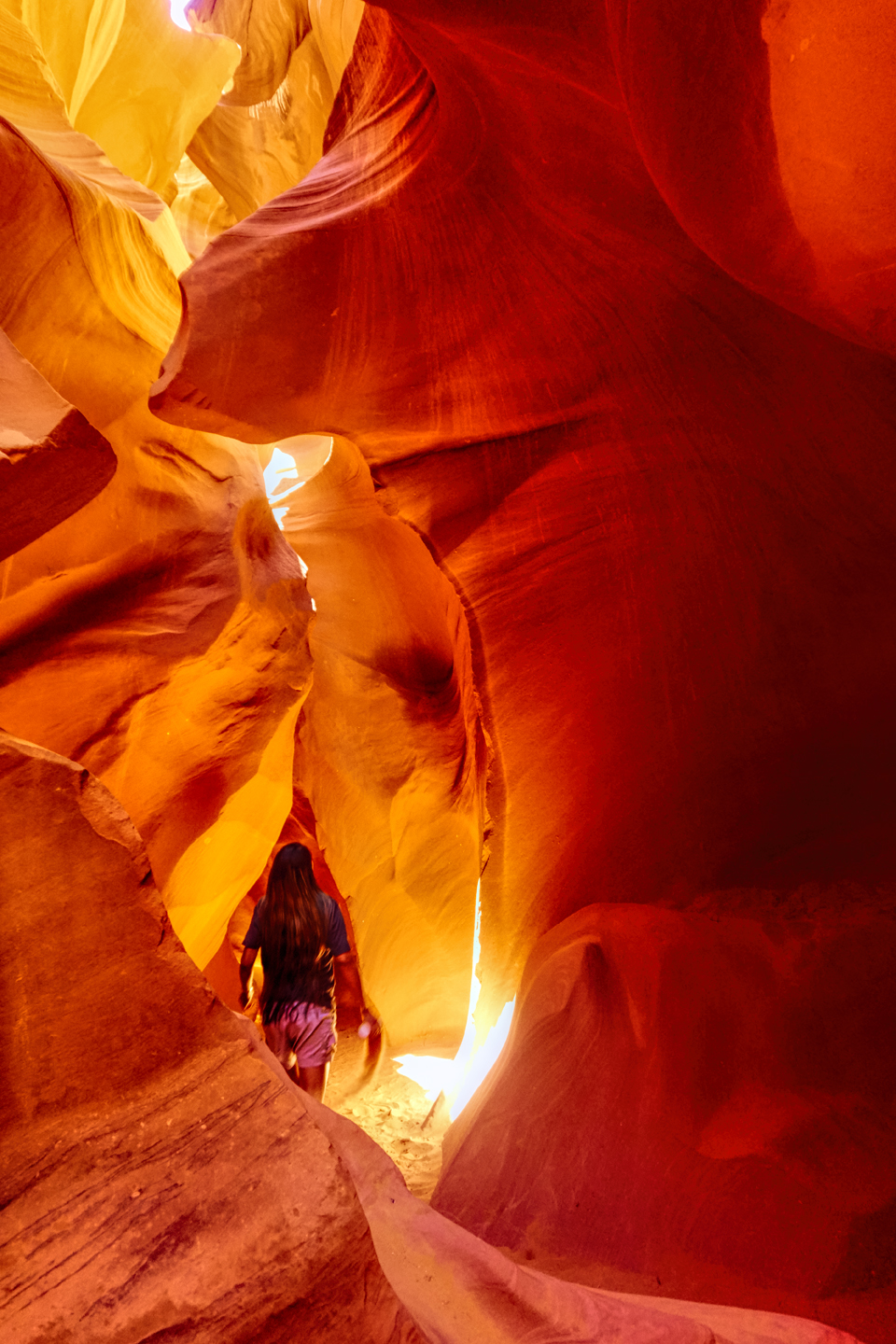
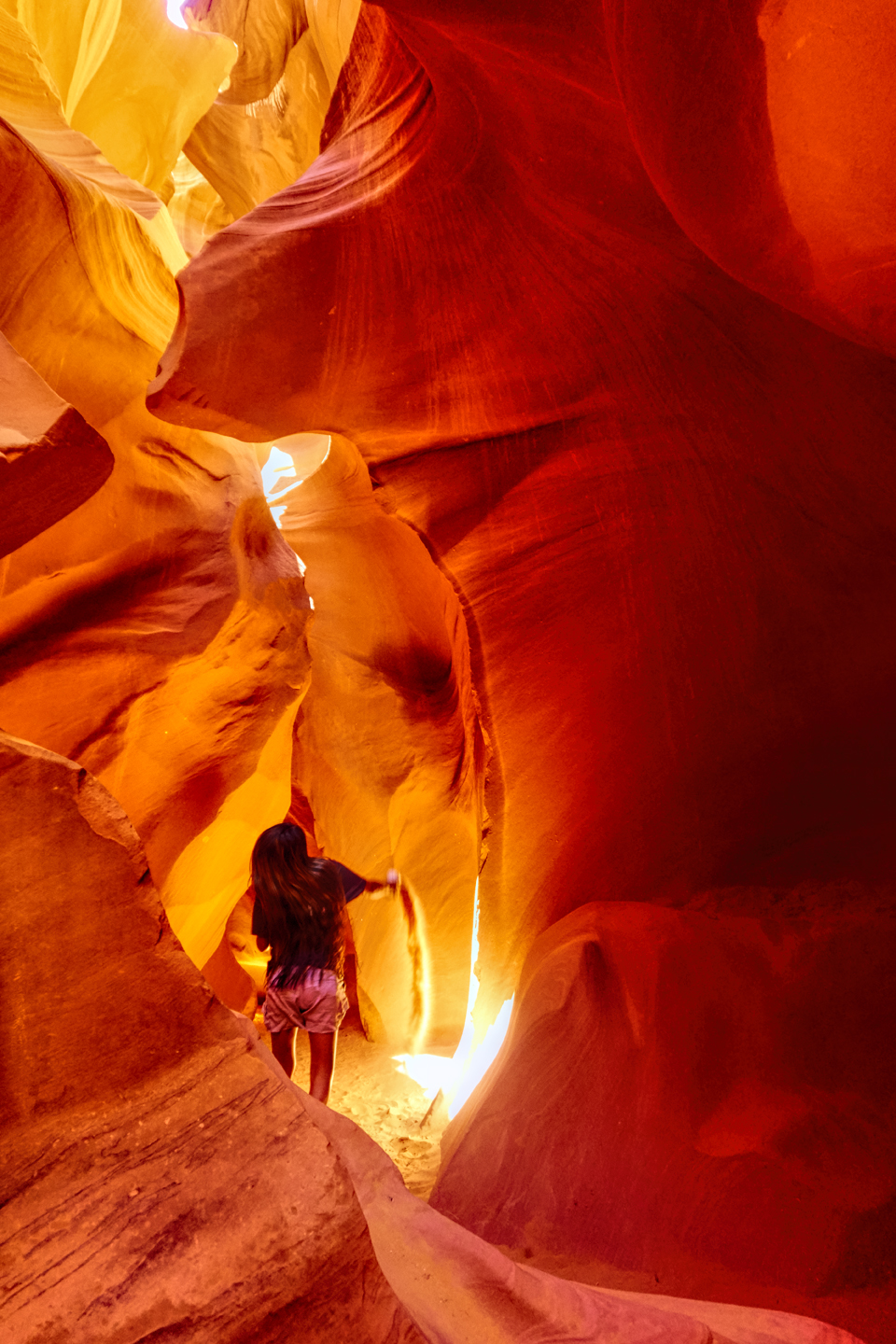
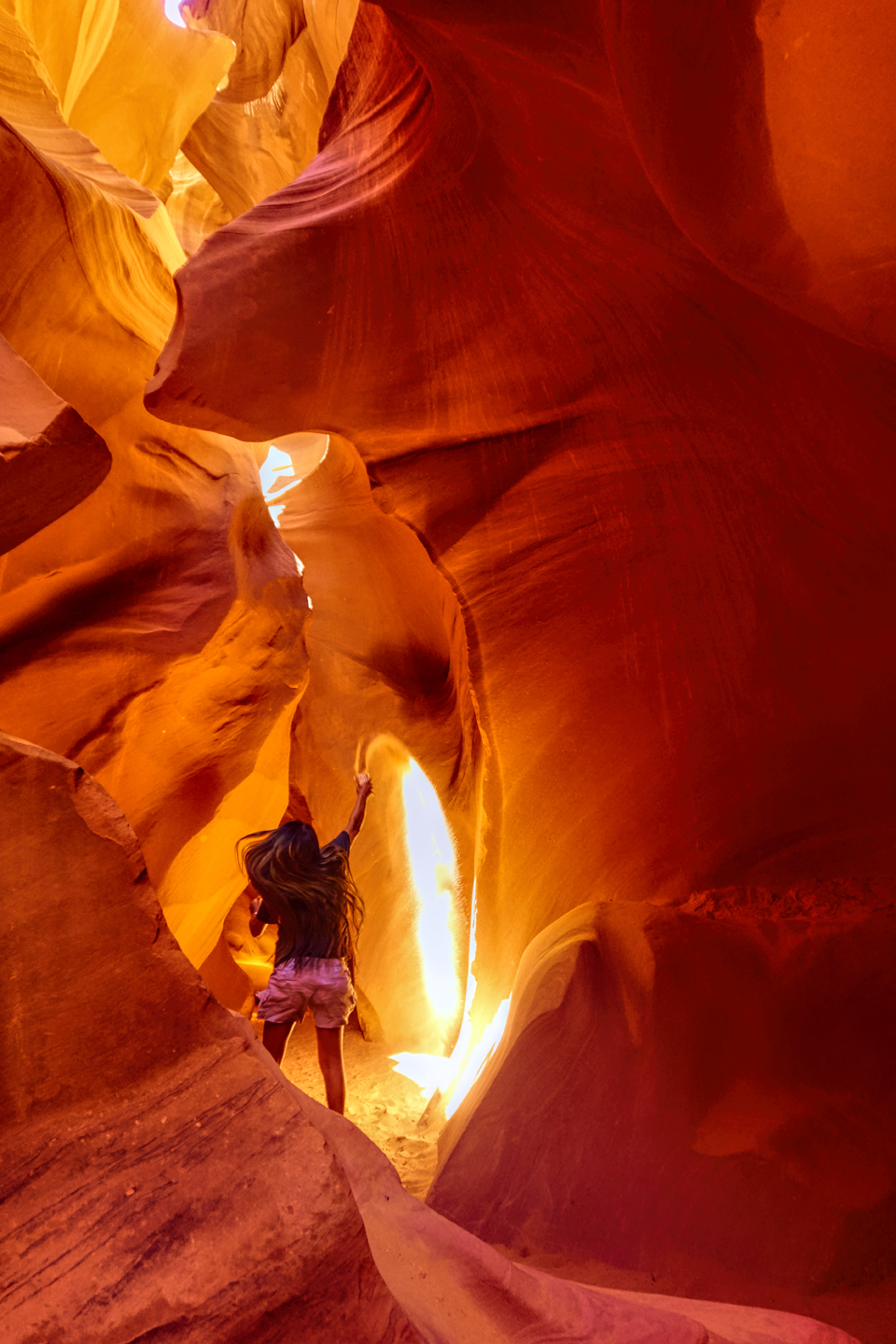
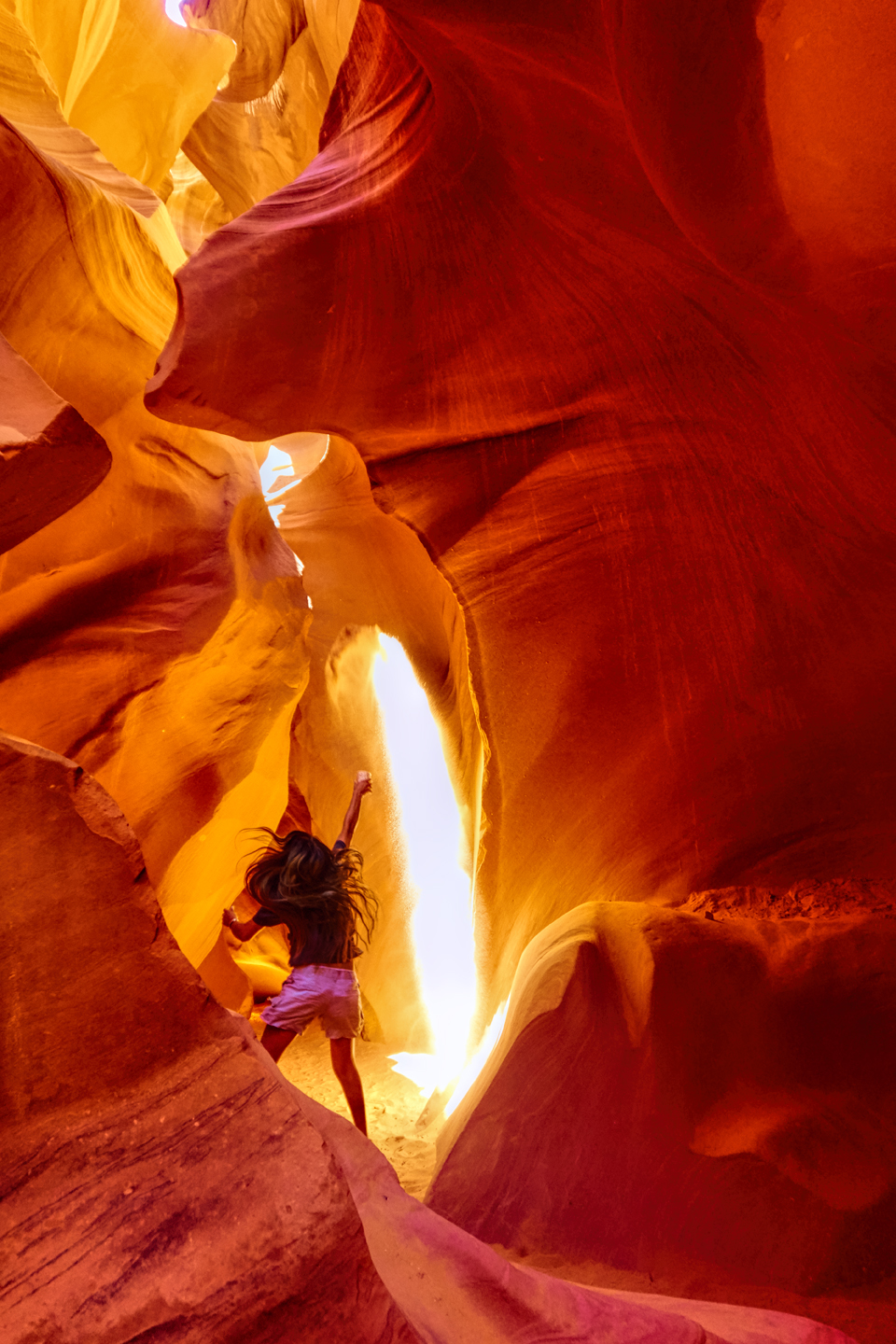
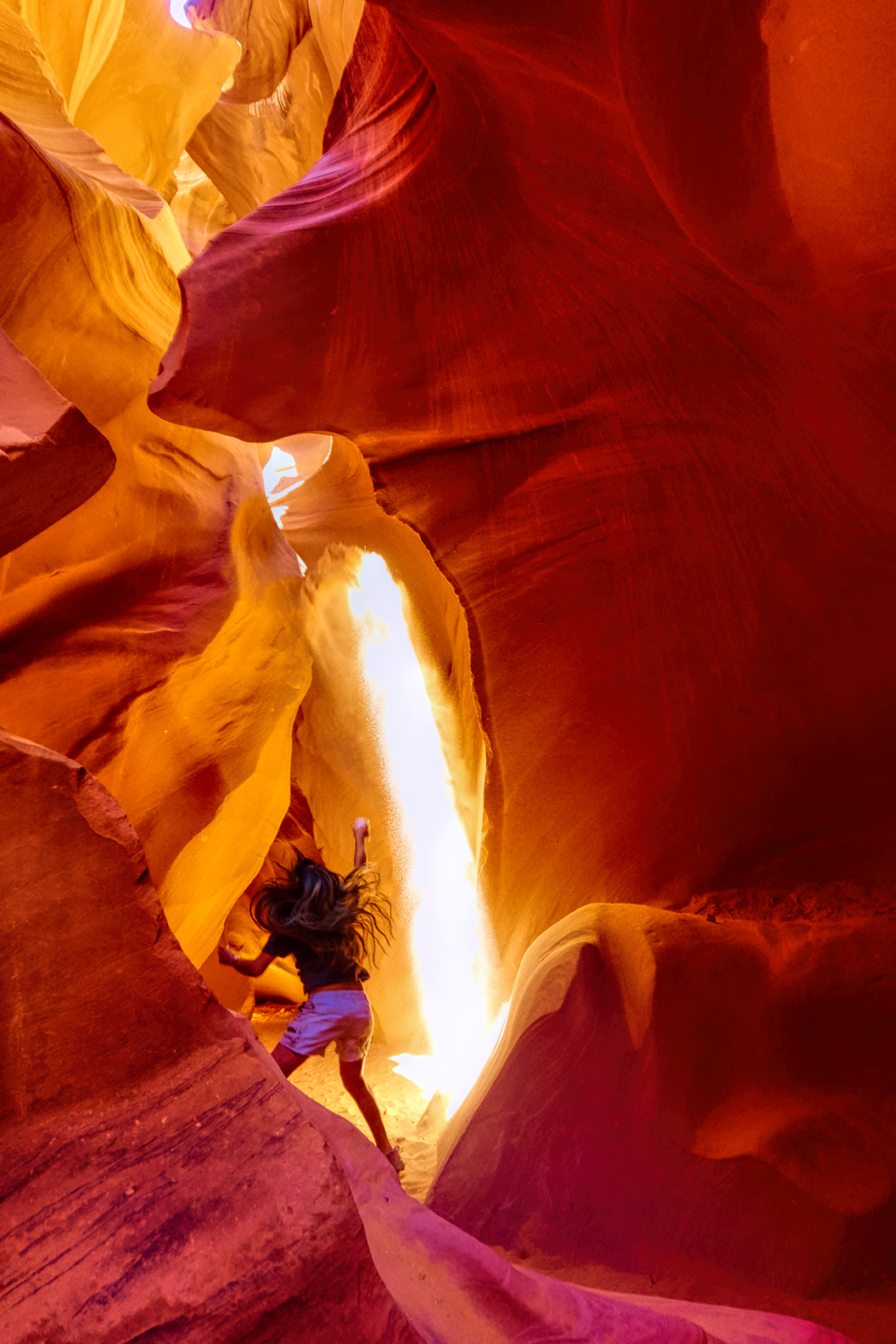
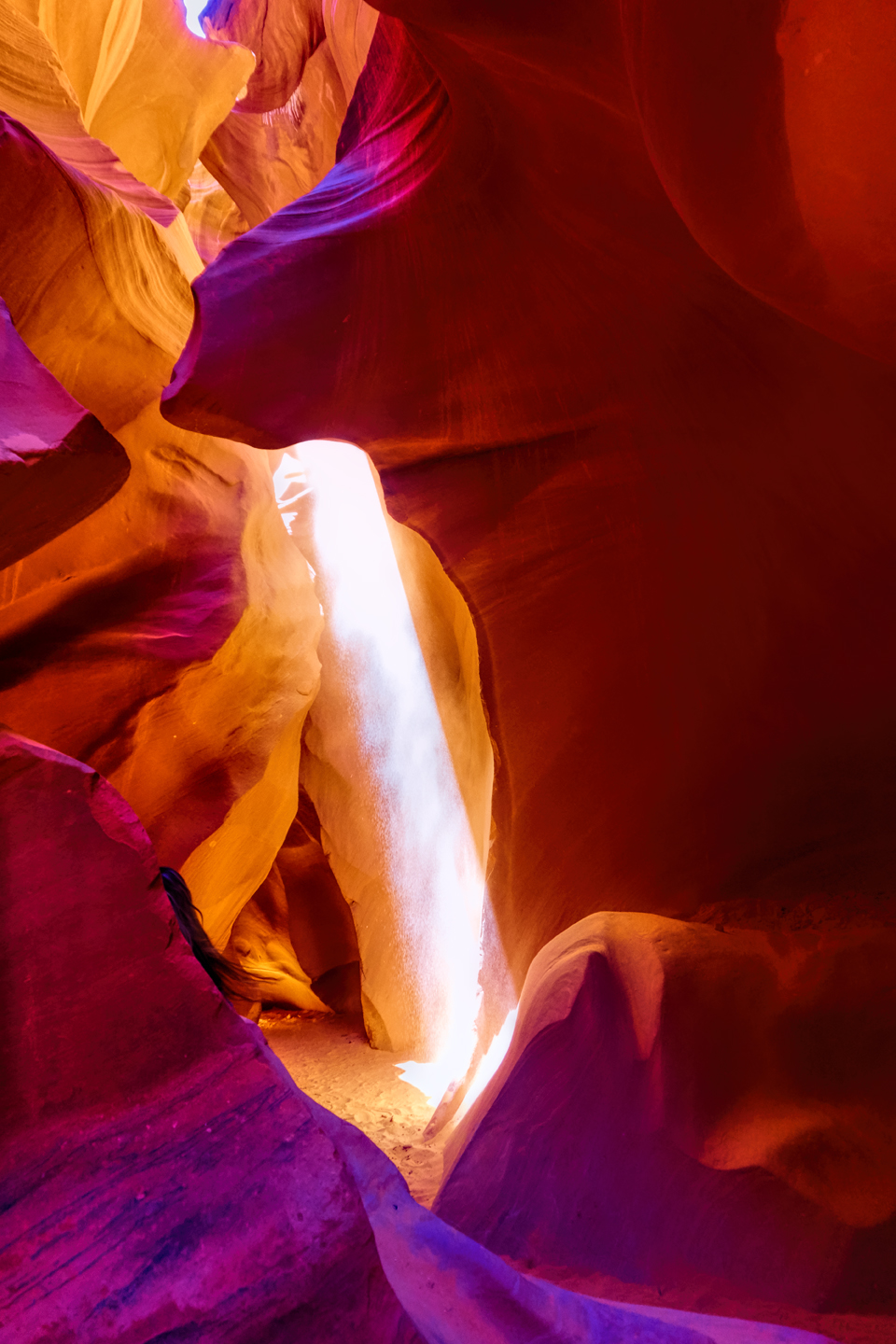
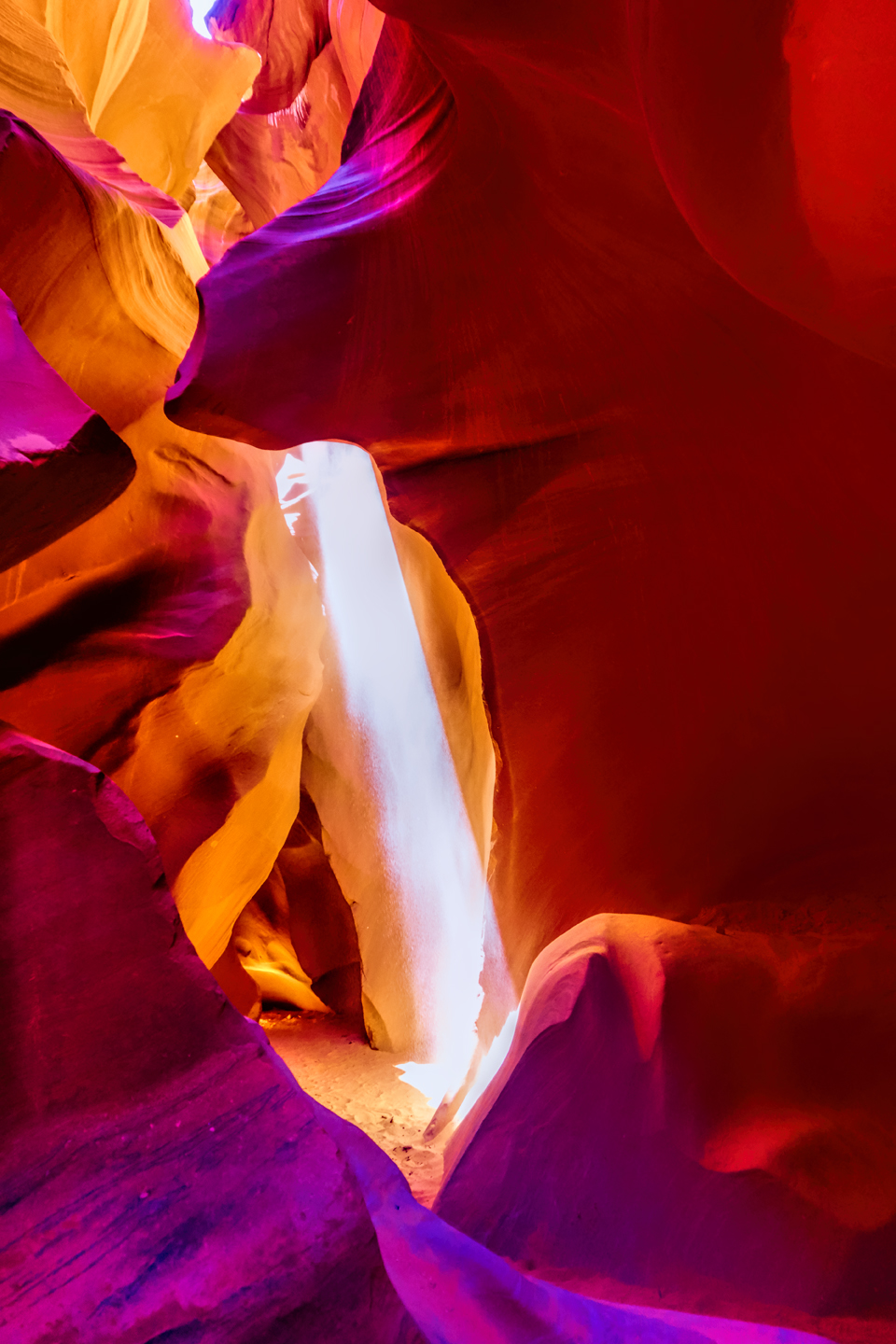
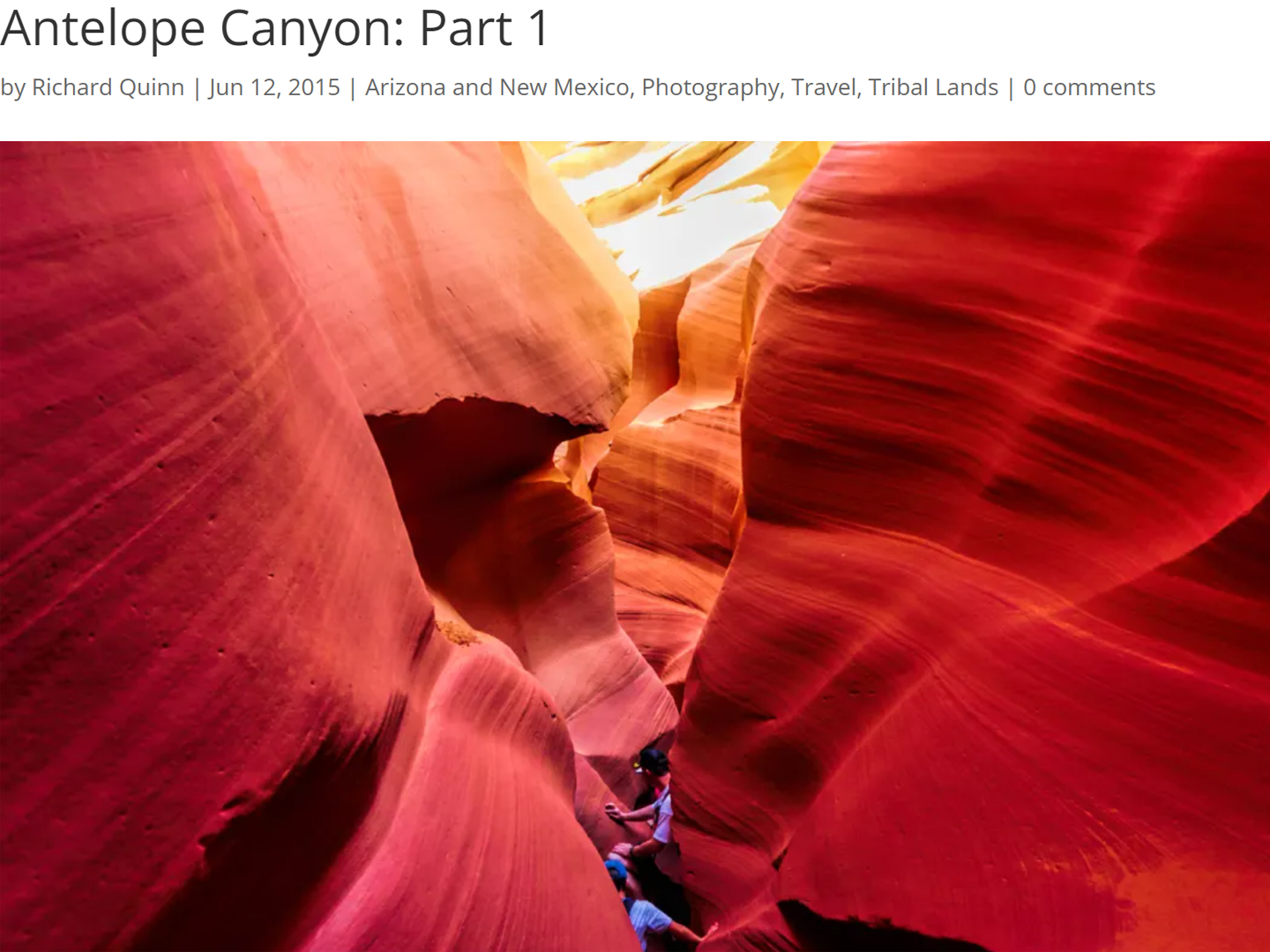
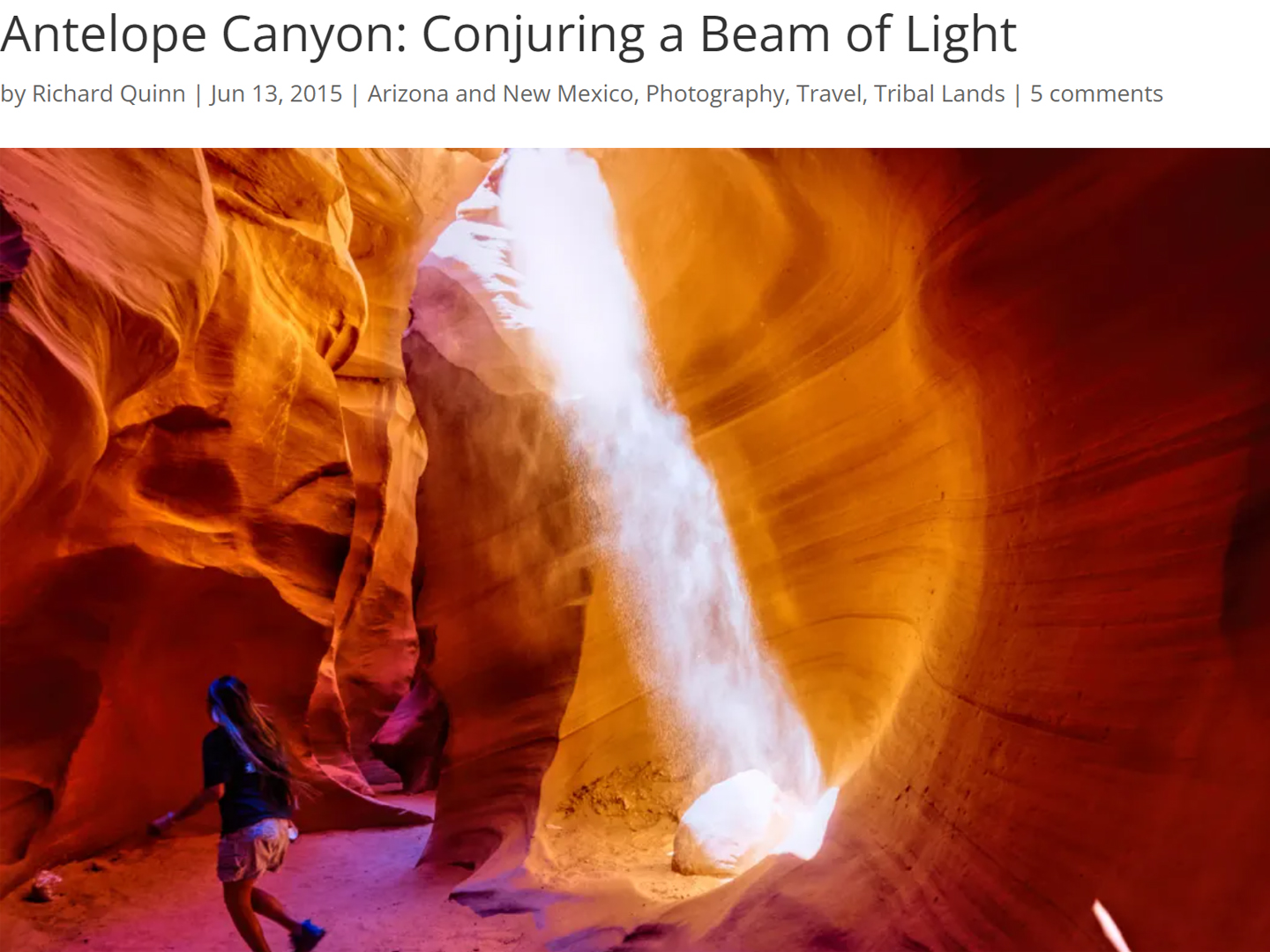
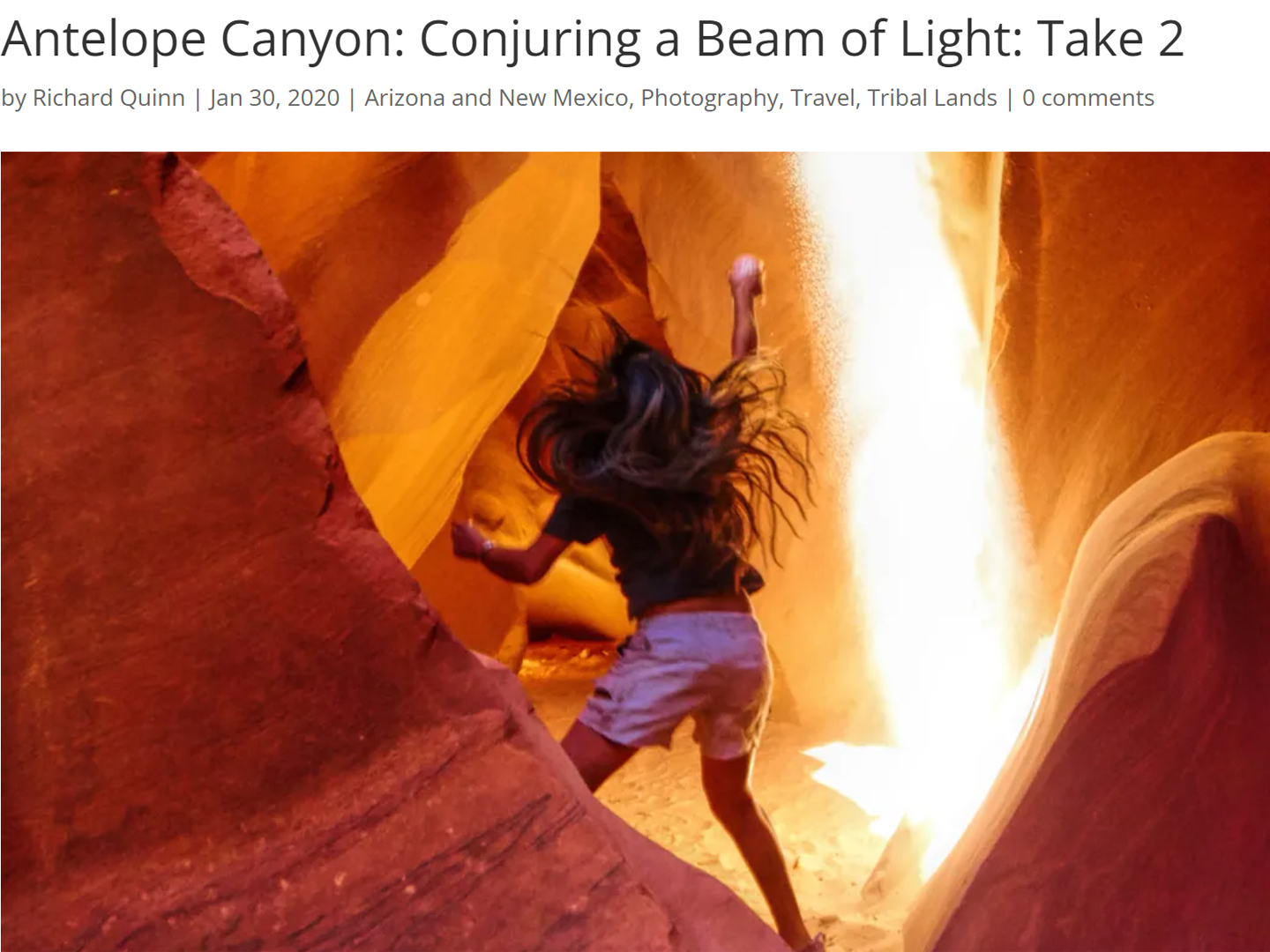


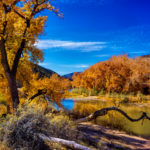
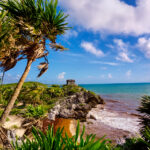
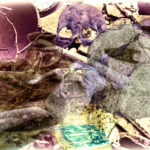
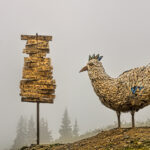
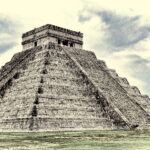
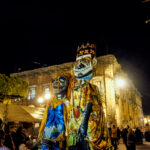
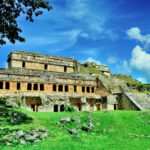
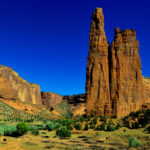
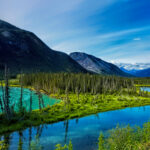
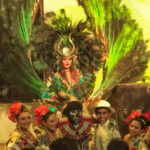

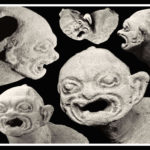
Fabulous!
You take such great photographs. Have you ever thought of doing this professionally? lol
Semi-professionally, maybe. Full time would be too much like work!
Such a wonderful website. The Yucatan Peninsula photos (most specifically the fabulous ancient Mayan cities) are quite spectacular! Really beautiful photos! May I share, i.e. Facebook, or in a Blog, with explicit, definite credit given to you? Thanks in advance!
I’m glad you’ve enjoyed the site, and you’re welcome to share it!